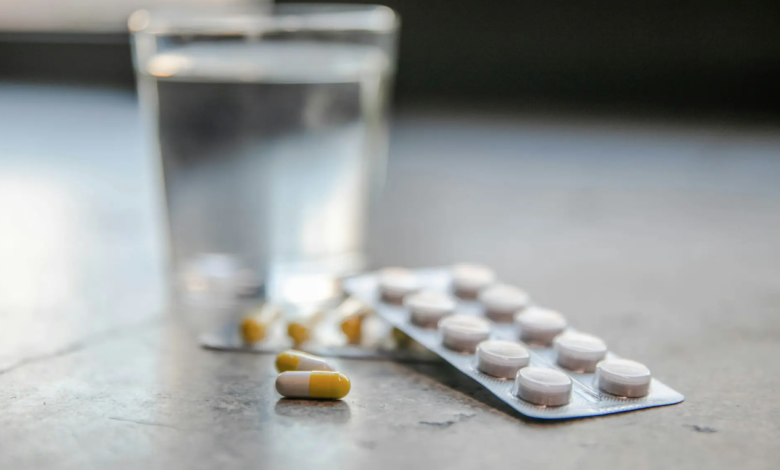A plasma detector to identify pharmaceutical waste in water

A complex procedure to discover the impact of pharmaceutical waste will be presented in Genoa this week
How to identify pharmaceutical waste in water for removal? Demand is open and represents a growing global concern, especially regarding the safety of drinking water and food. But researchers at Bar-Ilan University have developed a highly sensitive detector based on plasmon resonance, namely the excitation of quasi-particles produced by the oscillatory motion of electrons in a metal solid.
The study will be presented this week in Genoa, during the Forum on Microscopy. It demonstrates the possibility of detecting even very small amounts of piperidine, a toxic compound present in drugs and food additives. The plasmonic substrate, composed of triangular cavities milled into a thin silver film and protected by silicon dioxide, offers an unprecedented sensitivity to piperidine.
New perspectives for environmental monitoring
The device is the size of a coin. Researchers use a focused ion microscope to create nanometer-sized holes on a metal surface. These holes improve the electric field, amplifying optical phenomena and allowing the identification of previously indistinguishable molecules. The plasmonic substrate offers an efficient alternative to substrates used in surface-amplified Raman spectroscopy, which serves to identify atoms or molecules bound to a substrate.
read also In the world, we have a problem of pollution by dye-containing wastewater
Now this technique could prove its usefulness in environmental monitoring. Nanostructured metal surfaces have the potential to detect low concentrations of contaminants in water.
In 2020, global drug use reached 4 billion doses, confirming a growth trend. These products pass through the human body, increasing the amount of drugs in the water. When these trace elements end up in rivers and oceans, they can cause damage to the environment and human health. These include carcinogenesis and endocrine system interference.





